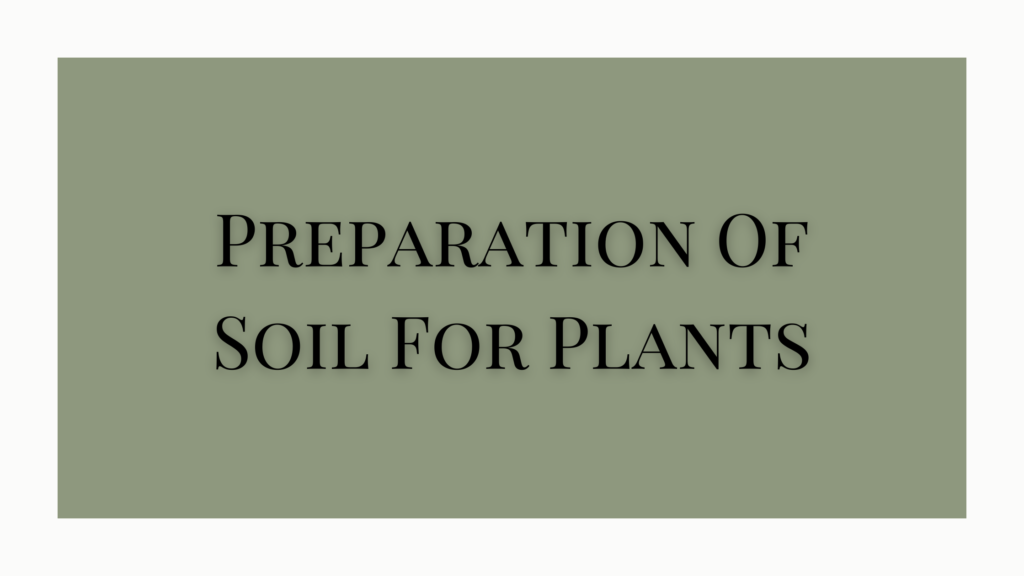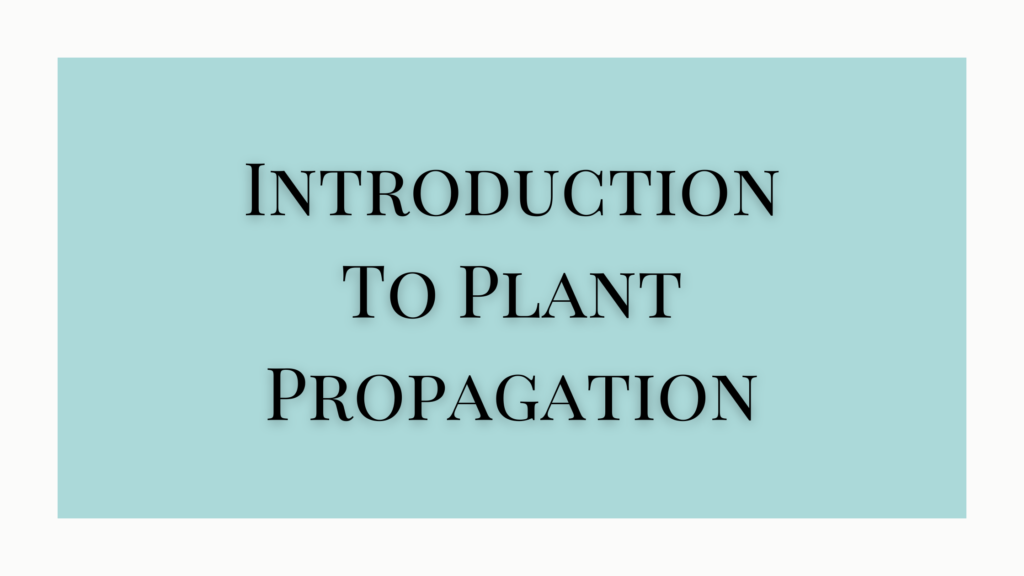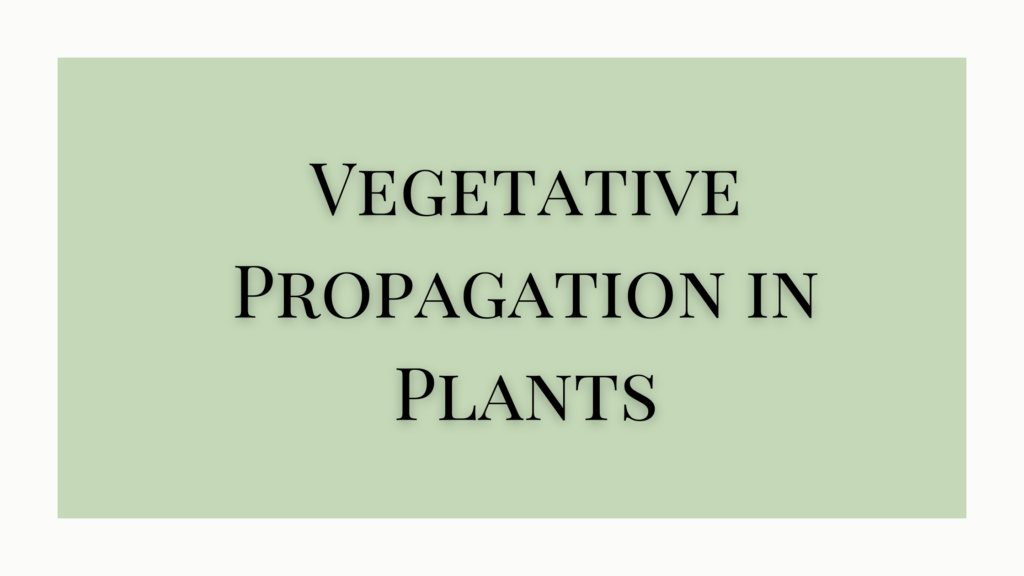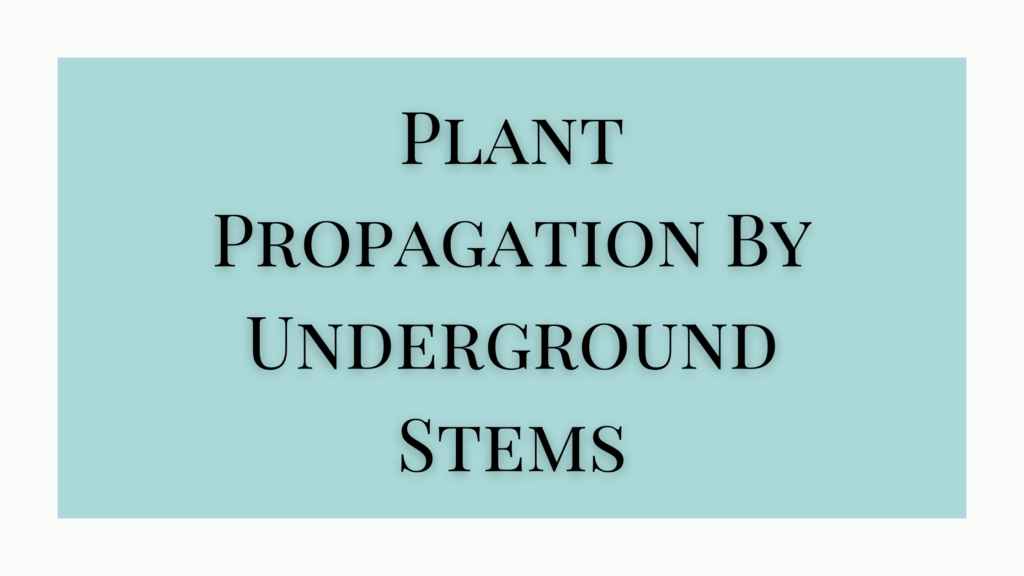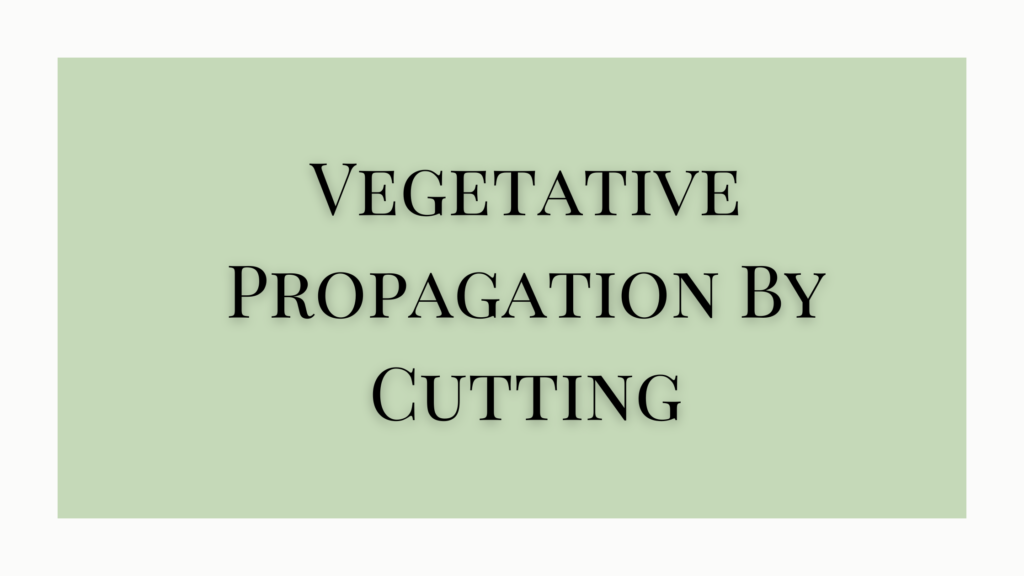Write A Short Note On Preparation Of Soil For Plants
Several types of soil mixtures are used as a medium for plant propagation. The right preparation of soil mixture is an index for best results. For instance, Germanium may do better in a mixture of soil almost as heavy as clay. Red earth is best suited for raising roses and most annuals. Soil influences plant nutrition. The acid-alkaline balance is also very important for plant growth.
Preparation of Soil for Plants
The main steps of the preparation of soil for plants in a field are plowing, removing the debris and rocks, checking the pH of the soil, treating the soil with fungicides or pesticides to prevent infections or infestations, and adding necessary materials to make it suitable for the plants, and the final step is to add nutrients to the soil. Before adding manure, it is essential to check the soil nutrient level and add the nutrients as needed.
Soil Mix
There are different types of soil for plants and it is crucial to choose the right type for each plant. Generally, soil mixtures are prepared by mixing sand loam, soil, leaf mold, bone meal, oil cakes, wood ash, etc, in various proportions. An ideal soil mixture should be porous with good water-holding capacity, and sticky when wet.
While preparing soil mixtures, it should be free from big soil clots, weed seeds, fresh manures, etc. It is a good practice to dry the soil sand, and leaf mould before mixing them.
Soil mixtures are used not only as a medium for the germination of seeds or rooting of cuttings but also for filling up various pots or containers used for growing young seedlings, rooted seedlings, or layers before transplantation to their permanent location.
Treatment of the Soil
In any propagation work, sanitation of soil is necessary and if all sanitary precautions are taken at the outset, problems will be fewer and relatively easier to manage. It is necessary to use a clean growing medium, sterile containers, sanitized bench, and pathogen-free plant materials. However, despite the precautions taken, soil pathogens may still contaminate the soil mixture.
- Small outbreaks can be controlled by using appropriate fungicides.
- Fumigation is most useful for destroying harmful bacteria, fungi, and nematodes in a relatively small quantity of soil used for plant propagation. Methyl bromide is the most commonly used soil fumigant.
- Drenching the soil with certain fungicides such as captan, fytolan, etc is also useful in eliminating pathogens from the medium.
It is useless to put clean sterile soil in contaminated pots and this is why general cleanliness should also be maintained. Sterilization of the garden tools is also necessary.
In general, soil in the seedbed is not fertilized except by mixing it with well-rotten farmyard manure, compost, and leaf mold. The addition of inorganic fertilizers is not necessary unless the soil is very poor in nutrient content.
Additional Steps in Preparation of Soil
- A raised bed is preferable in areas that have cold or hot climates. The raised beds help prevent the garden beds from getting dry or wet to extreme levels.
- Using a layer of plastic or polarization is another step for the preparation if the soil contains too many weeds.
